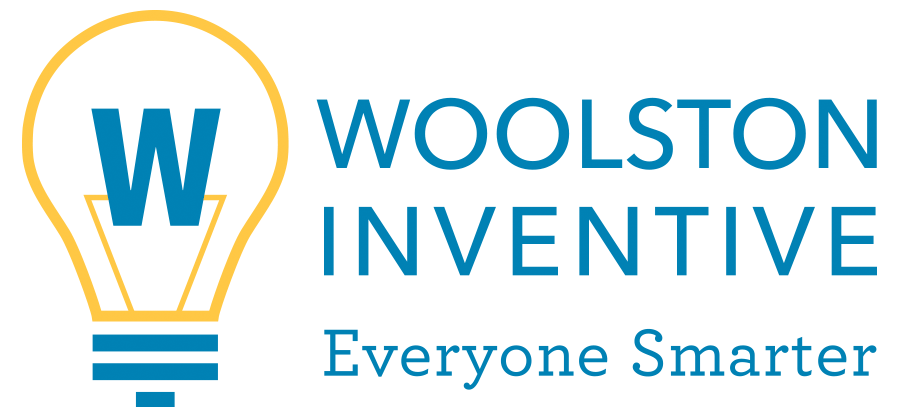Marian University: Health Programs
- pjwoolston
- Dec 28, 2024
- 4 min read
Updated: Jan 10
Situation
With a new osteopathic medical school, Marian University (a small private liberal arts university in the Midwest) found itself both increasingly attractive to a prospective student body looking for strong health programs and the underdog to the large state medical school system. To capitalize on this new opportunity, the school was looking for a way to grow its reputation as a destination for strong health programs that would prepare students well for med school and other health professions whether they stayed there or went elsewhere.
Solution
We partnered with faculty in several health programs at Marian to compile and author new content that we could publish and distribute to students and teachers throughout the state, filling knowledge gaps and growing the budding brand.
We worked with faculty in the College of Nursing and the School of Osteopathic Medicine to assemble a concise index of medical terms. Healthcare involves a language of its own, and learning common prefixes and suffixes can go a long way toward preparing students for successful careers. We creating a heavy cardstock (for durability), three-hole punched (to automatically indicate a home in school binders) reference chart that captured this information on a single page rather than spread throughout a textbook or an appendix as is usually the case, and we mapped it on the human body.

This format proved to be so popular that we used it again to address head-on the question of how college would better prepare students for a healthcare career. We designed an entirely new model, the “Healthcare Professions Pyramid, that showed what knowledge and experience students would acquire during each stage of their education. We then listed career opportunities available at each level of education.

For three less popular programs we took a different approach using a distinctive format.
The Public Health program was new and struggled to get off the ground. We learned through our research that Public Health is a “found” program in the sense that young students don’t realize the career opportunities available to them through this program. Realizing that one of our best ways to get access to prospective students was through a vast array of public services offered to people through various public health avenues, and knowing that this exposure often resulted in an abundance of information and paper for them, we developed a multi-pocket, multi-panel folder. This gave our target population multiple ways they could receive and keep the information they were being offered at the time, and gave us several chances to educate them about what public health is. We used that space to give them a brief history and definition of the field, highlight multiple ways that public health improved the world we live in, and highlight career opportunities.

Similarly, Marian launched a new program in Social Work and was looking for a way to get the word out about both the field and the career opportunities, all in the interest of strengthening the university brand and growing enrollment. The faculty identified the concept of “Person In Environment” (or PIE) as an important tool that the public could relate to. The idea of PIE is that a person has multiple identities that vary depending on the environment they are in at the time, and working effectively with people requires understanding how that identity authentically shifts and adjusts as a person moves between their natural environments. Consistent with the image of “pie,” we developed a circular spinner that defined the concept on one side (illustrated like a crimped-edge pie crust), and on the other side we defined 8 “slices” or “environments” in which a person might find oneself (e.g., home, work, place of worship, etc.) and a spinner to change the orientation of the person being considered.

The faculty for the Sociology program adapted a classroom workshop. They used the topic of “Economic Insecurity and the American Dream” to illustrate how young students could get their first experiences conducting actual research. We captured their idea on a two-sided card that they could share widely with teachers and students.

Success
These pieces each served different purposes. The Human Body Etymology chart proved popular for science teachers in high schools. The Healthcare Professions Pyramid was successful for the program faculty because it addressed a particular competitive concern. Many of the students they were recruiting were debating whether they actually needed a college degree because, technically for some of these health fields, a degree wasn’t required. The list of career opportunities doubled to show how important a college education could be in terms of job opportunities beyond entry-level.
For the Person-In-Environment tool we identified a unique distribution opportunity in the high school counselors that the university admissions counselors were seeing throughout the entire region at least twice a year. Knowing that these school counselors were providing more support than just academic support, we wrote a letter describing the concept of Person-In-Environment to guide their efforts counseling the whole student. We designed a second version of the PIE publication with a whiteboard-like surface and blank space instead of a labeled environment for each slice, and invited the counselors to write a set of environments for each of the students they were counseling. Then we delivered multiple copies of each pie along with the letter via the admissions counselors to each school.



